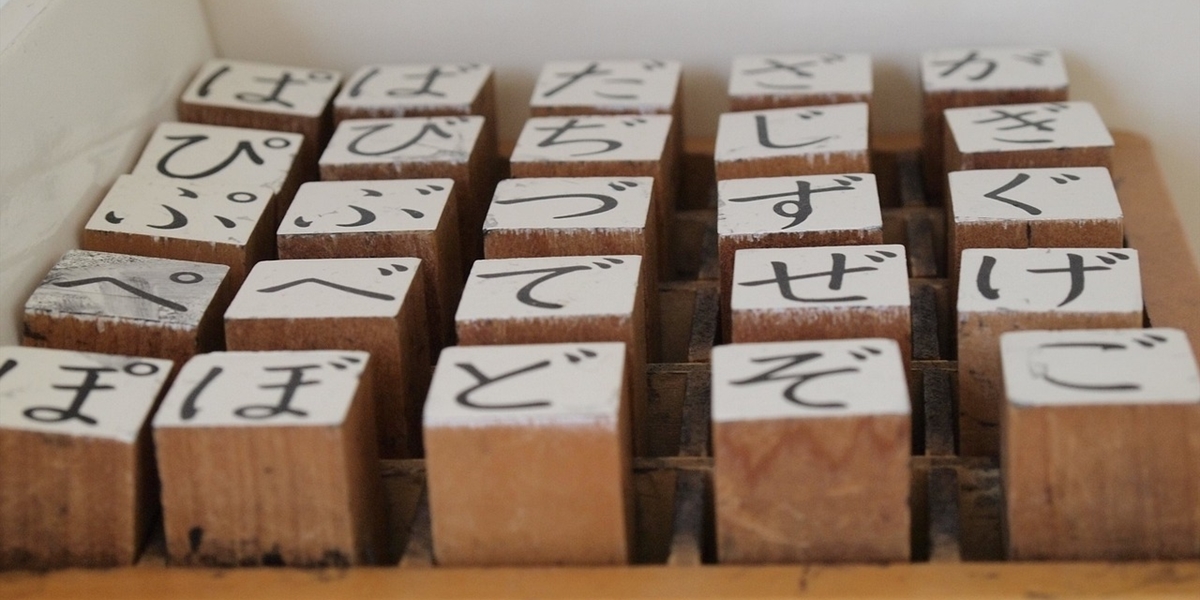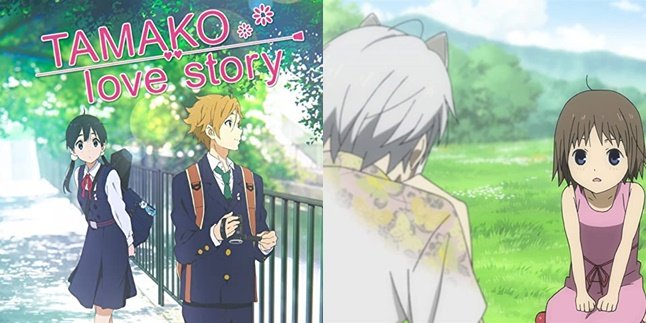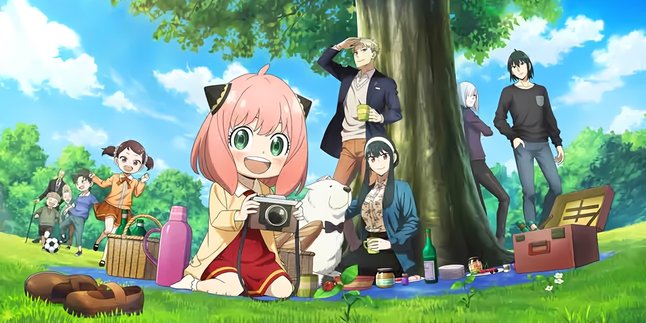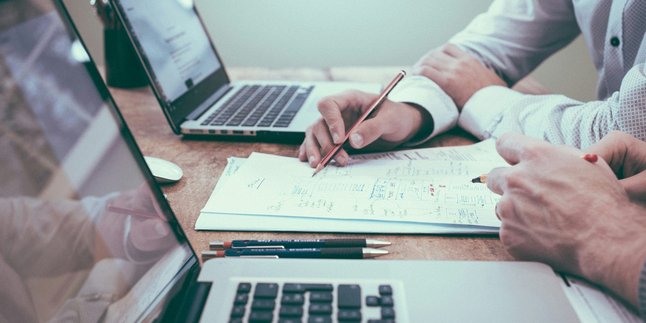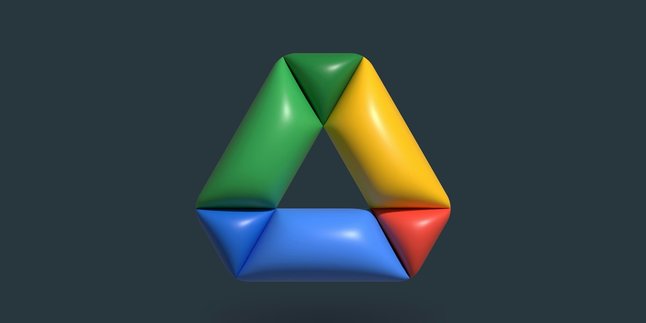Kapanlagi.com - The Japanese alphabet consists of Hiragana and Katakana, which are the fundamental basis for learning the Japanese language. Hiragana and Katakana with 46 characters play a key role in writing and reading Japanese. In this article, we will discuss in depth both alphabets, from their origins to how to read them.
With a complete explanation, readers will understand the importance of Hiragana and Katakana in the context of the Japanese language, as well as practical techniques for reading them fluently. If you want to learn Japanese, you can understand the essence and usefulness of Hiragana and Katakana in the journey of learning the Japanese language.
Now, for those of you who want to know about the Japanese alphabet. Here is the Japanese alphabet Hiragana and Katakana along with explanations and how to read them. Come on, let's check it out KLovers.
1. What is Hiragana?
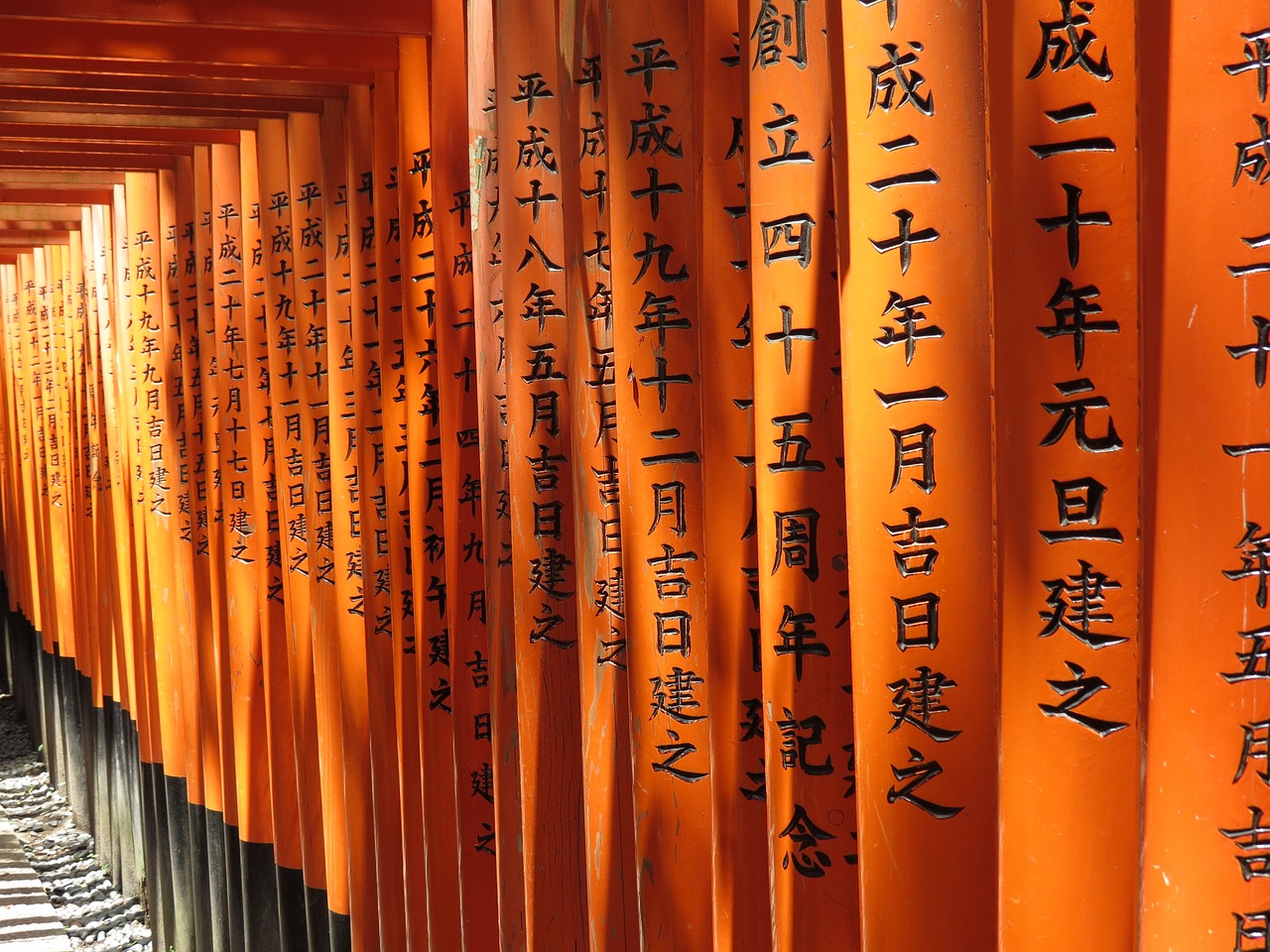
Illustration (credit: pixabay.com)
Hiragana is one of the two most commonly used Japanese writing systems, along with Katakana and Kanji. Hiragana is a syllabary, where each character represents one syllable. It is used to write native Japanese words, grammatical words, endings, particles, and some loanwords from Chinese.
In the Japanese writing system, the Hiragana script consists of 46 basic characters, as well as some additional characters to write additional sounds like "kya", "gya", "sha", and so on. These characters have curved and simpler shapes compared to Kanji, which are logographic characters.
Hiragana itself is used in various contexts. This includes informal writing such as personal letters, children's books, novels, and so on. It is also commonly used in texts related to Japanese culture, such as manga and anime. It is important for reading and writing the Japanese writing system.
2. What is Katakana?
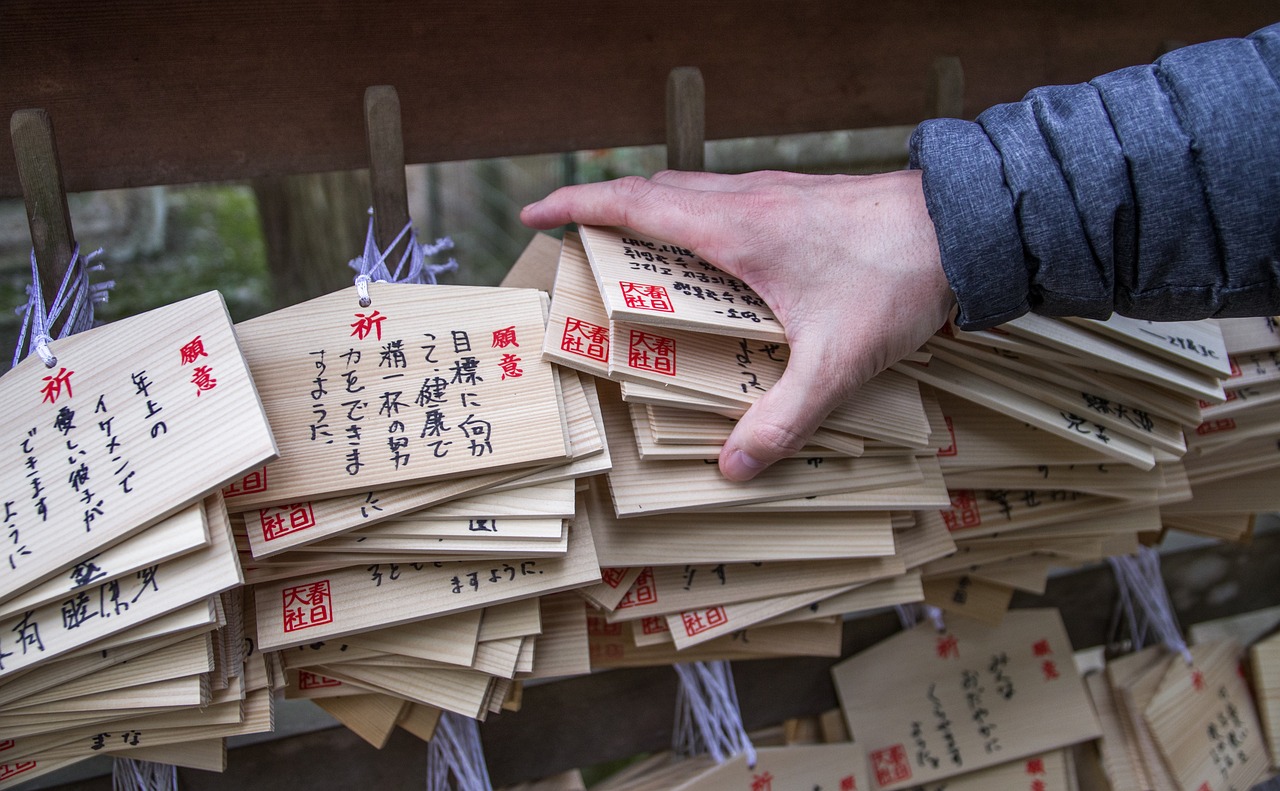
Illustration (credit: pixabay.com)
Katakana is one of the two Japanese alphabets, along with Hiragana and Kanji. Katakana is also a syllabic alphabet, where each character represents a syllable. However, Katakana is used for different purposes than Hiragana.
Katakana is often used to write borrowed words, names of people, places, and foreign objects, as well as technical or specialized words in the Japanese language. It is also frequently used in words pronounced with foreign vowels or accents.
For example, the word "computer" in Japanese is spelled as "konpyuta" using Katakana. Additionally, Katakana is also used in specific contexts such as highlighting important words in text, writing onomatopoeia, or indicating extended vowels. Therefore, Hiragana is more commonly used to write native Japanese words.
3. How to Read Hiragana

Illustration (credit: pixabay.com)
Hiragana is used to write native Japanese words and is often used to read words that cannot be written in katakana or kanji. When you read Hiragana, remember that each character usually represents one syllable.
Some characters have slightly different sounds when they have a small line on top indicating that they are followed by a small vowel. Hiragana also has relatively constant sounds. And here's how to read Hiragana:
(a), (i), (u), (e), (o), (ka), (ki), (ku), (ke), (ko)
(sa), (shi), (su), (se), (so), (ta), (chi), (tsu), (te), (to), (na), (ni), (nu)
(ne), (no), (ha), (hi), (fu), (he), (ho), (ma), (mi), (mu), (me), (mo), (ya)
(yu), (yo), (ra), (ri), (ru), (re), (ro), (wa), (wo).
4. How to Read Katakana
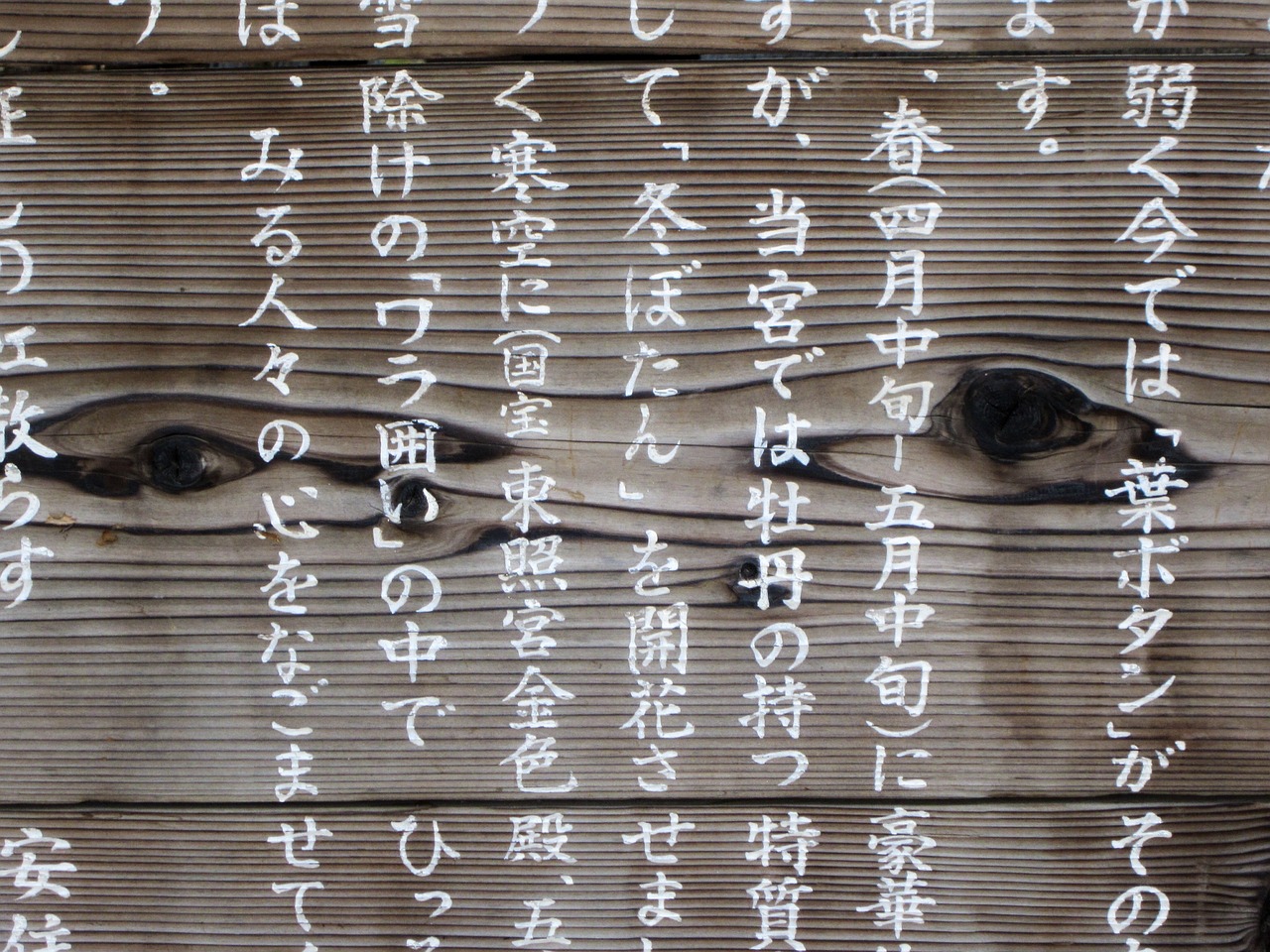
Illustration (credit: pixabay.com)
So, how do you read Katakana? Katakana is used to write borrowed words, people's names, places, foreign objects, and important words in specific contexts. And Katakana also has relatively constant sounds. The sounds in Katakana are similar to hiragana, with the exception that Katakana is usually used to write words that do not originate from the Japanese language.
The sound of each character also represents one syllable, similar to Hiragana. When reading both Hiragana and Katakana, practicing and experiencing reading texts containing these alphabets will greatly help you remember and recognize the sound of each character. The more often you read and use Hiragana and Katakana, the more skilled you will become in reading and understanding Japanese texts.
(a), (i), (u), (e), (o), (ka), (ki), (ku), (ke), (ko), (sa), (shi), (su), (se), (so)
(ta), (chi), (tsu), (te), (to), (na), (ni), (nu), (ne), (no), (ha), (hi), (fu),
(he), (ho), (ma), (mi), (mu), (me), (mo), (ya), (yu), (yo), (ra), (ri), (ru),
(re), (ro), (wa), (wo), (n).
5. How to Learn Hiragana and Katakana
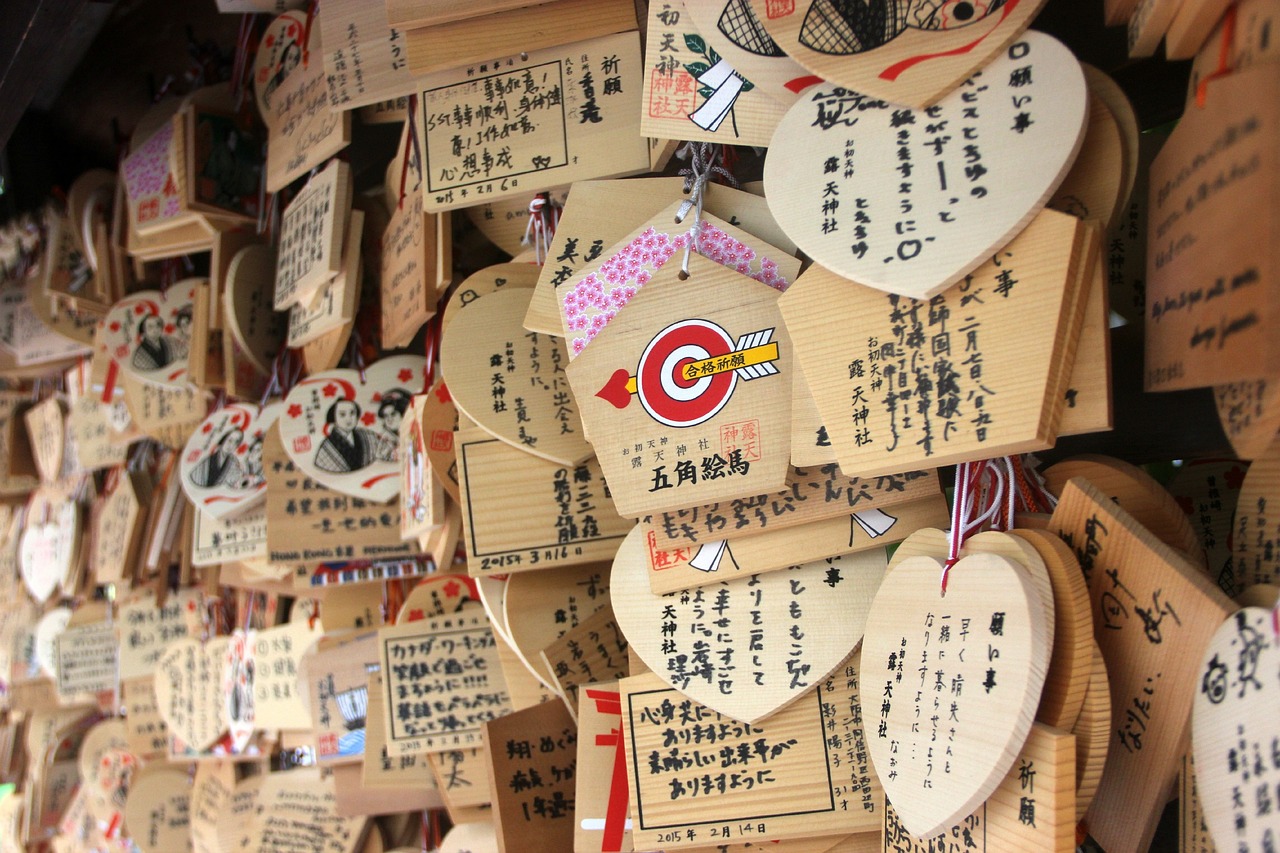
Illustration (credit: pixabay.com)
Hiragana and Katakana are the Japanese alphabets that you need to know first when learning the Japanese language. With consistency and proper practice, you will be able to master Hiragana and Katakana in a short time. Here are some steps that can help you learn Hiragana and Katakana effectively:
1. Learn the Hiragana and Katakana Chart
Start by learning the Hiragana and Katakana chart. Try to memorize the order of the letters. You can print out the chart and place it in a location that you frequently see to accelerate your learning.
2. Practice Writing
Begin by writing each Japanese alphabet, Hiragana and Katakana, repeatedly. It is important to follow the correct stroke order so that the characters look neat. Use a special Hiragana and Katakana notebook if necessary.
3. Use Interactive Learning Resources
There are many interactive online learning resources that can help you learn Hiragana and Katakana in a more interesting way. Many apps and websites offer games, exercises, and quizzes to help you master both Japanese alphabets.
4. Apply Repetition Method
Use effective repetition methods, such as digital or physical flashcards, to help you remember each Hiragana and Katakana character faster.
5. Learn Sound Patterns
While learning Hiragana and Katakana, pay attention to the sound patterns associated with each character. This will help you remember them better and understand their pronunciation.
6. Practice Reading
After understanding some Hiragana and Katakana characters, try reading simple words using the Japanese alphabets. Start with simple texts and gradually increase the difficulty over time.
7. Use Reading Materials
Use children's books or Japanese language learning materials designed for beginners. These readings often include many words that use Hiragana and Katakana.
8. Consistent Practice
Consistency in practice is crucial. Set aside time every day to practice your Hiragana and Katakana skills, even if it's just a few minutes.
9. Find a Study Partner
Join a study group or find a friend who is also learning Japanese. Learning together can help you stay motivated and accelerate the learning process.
10. Don't Forget Katakana Combinations
In addition to single characters, make sure you also learn Katakana combinations, such as "kya" or "n". This is important because Japanese words often use these character combinations.
Those are some Japanese alphabets that KLovers can know and learn. With a deep understanding of Hiragana and Katakana, readers can confidently master the basics of the Japanese language. Happy learning!
(kpl/dhm)
Disclaimer: This translation from Bahasa Indonesia to English has been generated by Artificial Intelligence.
